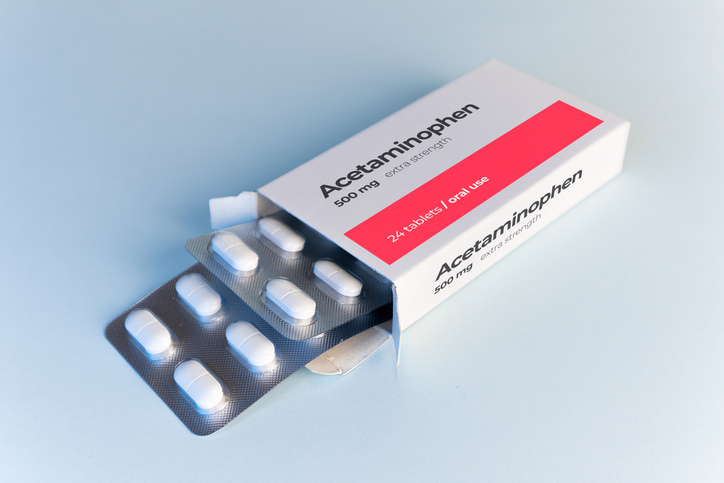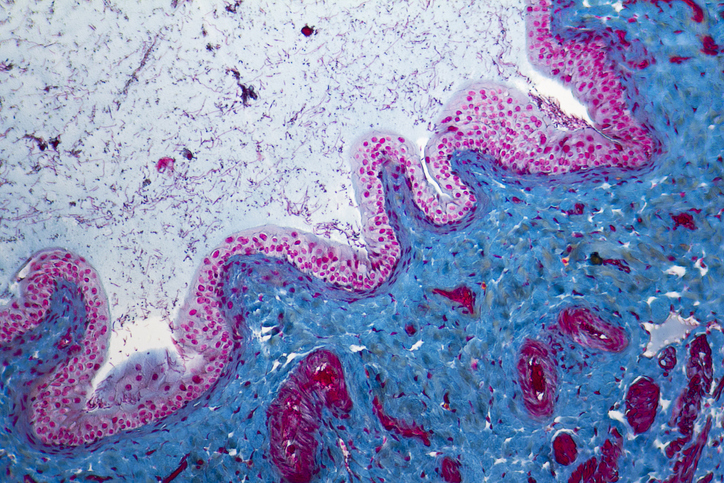
A recent study found ixekizumab to be a safe and effective treatment for active radiographic axial spondyloarthritis (r‐axSpA) patients who did not respond to tumor necrosis factor inhibitors (TNFi).
Adult patients with established r-axSpA were randomly assigned to receive placebo (n = 104) or an 80-mg injection of ixekizumab every two (IXEQ2W, n = 98) or four (IXEQ4W, n = 114) weeks, with an initial dose of either 80 mg or 160 mg. The primary endpoint was a 40% Assessment in SpondyloArthritis International Society (ASAS40) response at week 16.
IXE efficacious in r-axSpA at Week 16 in TNF failure pts. #L12 https://t.co/MCpXDj9Z2o @RheumNow #ACR18
— Dr. Rachel Tate (@uptoTate) October 24, 2018
At week 16, 30 IXEQ2W (30.6%) and 29 IXEQ4W (25.4%) patients achieved ASAS40, compared with 13 placebo patients (12.5%). Researchers reported significant differences between the IXEQ2W and IXEQ4W groups compared with the placebo patients as early as week one. Disease activity, function, quality of life, and spinal MRI inflammation all improved significantly in the IXEQ2W and IXEQ4W groups compared with the placebo group. At baseline, all patients had a mean Bath Ankylosing Spondylitis Disease Activity Index (BASDAI) score of 7.4. After 16 weeks, mean BASDAI scores changed by -2.1 in the IXEQ2W group, -2.2 in the IXEQ4W group, and -0.9 in the placebo group. Severe adverse events took place in 4.1% of IXEQ2W, 2.5% of IXEQ4W, and 6.7% of placebo patients. One death occurred, in the IXEQ2W group, which was a suicide researchers said was the result of a history of depression and was not related to the study.
Presenting now at #ACR18 @ACRheum: Ixekizumab, an interleukin-17A antagonist in treatment of patients with radiographic axial #spondyloarthritis who have not previously been treated with bDMARDs (COAST-V) #LancetRheumatology https://t.co/8TiNrusDIs pic.twitter.com/rNKkCgYxnJ
— The Lancet (@TheLancet) October 22, 2018
The study was published in Arthritis & Rheumatology and presented at the 2018 annual meeting of the American College of Rheumatology.
https://twitter.com/Rheumatic_bio/status/1054448356552916992
Lead study author Atul A. Deodhar, MD, of Oregon Health and Science University in Portland, said at the meeting, “Both treatment regimens yielded rapid and significant improvements in the signs and symptoms of radiographic axial spondyloarthritis in patients with previous inadequate response or intolerance to one or two TNF inhibitors.”
IL-17 Pathway in the Pathogenesis of Spondyloarthritis
Early Bone Changes Occurring in Axial Spondyloarthritis
Patients with fibromyalgia rarely fulfil classification criteria for axial spondyloarthritis
Sources: Arthritis & Rheumatology, MedPage Today







 © 2025 Mashup Media, LLC, a Formedics Property. All Rights Reserved.
© 2025 Mashup Media, LLC, a Formedics Property. All Rights Reserved.